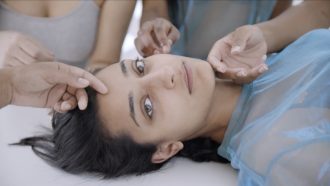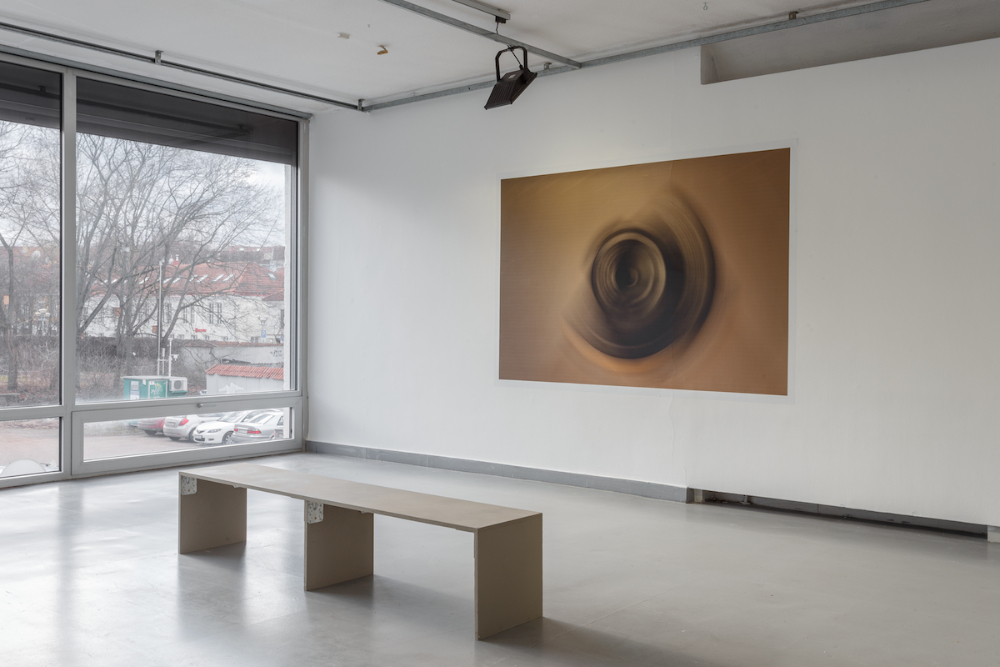
Juozas Laivys, The Tactic of Dispassionate Viewing in a Space of Unbridled Perception or How to Fix Teeth, installation view, CAC Vilnius, 2016
The oeuvre of Juozas Laivys has been on display at the Contemporary Arts Centre since the 5th of February, 2016. It is not a show of the artist’s new work. Following his Farewell to the Public at the Arts Centre of Plungė in autumn 2015, Laivys promised never to make any art again until 2029. The archive of his artworks until now, have been placed under the management of the Kleopas Society. It was this society that held a contest to find a curator for his show.
After two stages of the contest, Neringa Krikščiūnaitė was picked to curate the exhibition. Uninfluenced by any external factors and relying on her personal competence alone, she selected 12 of Laivys’ works created between 1995 and 2015.
Neringa’s selection concurred with the artist’s own opinions in 30 percent of cases, highlighting a certain reality about curated shows. However, another more important aspect here is that it was not the curator who chose the artist, but the artist who chose a curator. In that sense, this show questions, manipulates and sets out new role definitions for actors within the contemporary art field. True, playing with established contemporary art rules is not something entirely new in Laivys’ oeuvre. Many of his works are characterised by a sharp or fresh take on: relations among authorship, artist, curator and institution; on the contexts that shape them; on formalist and institutionalised structures of art shows; on lines between art and life, monetary and artistic/cultural value and art collecting. Another important aspect to highlight in Laivys’ work in recent years has been the “independent life of artwork(s)”. After it is realised, says Juozas, an artwork begins “a life of its own”, and can serve as a pretext for another work. This may, or may not, give rise to an uninterrupted series of artworks.
For instance, Art History, which is piece No. 12 in the present show, has not been hung on a wall in the Contemporary Art Centre; instead, it has been split into 180 numbered and stamped pieces for viewers to take away with them. And it is only up to the viewer taking this numbered 1/180 edition of the artwork, to decide whether it will form the beginning of their personal art collection, become a bookmark or be thrown away. Thus the artwork begins a life of its own with new adventures beyond the “white cube”. Other pieces presented in the Contemporary Art Centre are also not new. These are postproductions of the artist’s works realised at different times. The show is an “invitation” to enjoy, to see and to understand “things” (Laivys’ artworks) in one’s own way. True, if one cannot find “one’s own way”, there is an audio guide prepared for the show by its curator, Neringa Krikščiūnaitė.
There are two things that postproduction can mean within the bounds of this show. On the one hand, the selected works are presented from an “unfamiliar” angle, having been digitally manipulated by computer software. Interestingly, both viewers already familiar with the artist’s oeuvre and those encountering it for the first time end up “viewing” the works in the same way, left with little else to draw on than purely aesthetic, chromatic or other individually chosen selection-and-evaluation criteria. The tactic that matters here is not one of value, but of valuation.
Another aspect regarding these postproduction works seen in the show, can be drawn from the words of the art theorist Nicolas Bourriaud, who says that postproduction refers to “a zone of activity” which consists of creating links to the world via signs, forms, actions and objects, or in this case, one’s own previous work. The question for art is not “what new can we make?” but “what can we make of what we already have?”
Another important viewing tactic concerns the exhibition architecture. Artworks presented in the show are separated by screens with benches seated in the middle between them. This generates a stronger individual rapport between the viewer and each work; this kind of exhibition tactic reminds of the strategy of museums housing classical or modern art heritage. In this particular instance, examining the abstractions — albeit neither expressive nor picturesque — from a bench could imply unbridled perception, possibly turning into dispassionate viewing. Physically, the show — and, in some sense, its name — get memorised and understood in their volume and framework after multiple viewings. In a sense, it works in opposition to our culture of fast consumption.
Although Laivys’ works may seem to demand little effort on the viewer’s part, even exuding an air of straightforward frivolity and humorous insouciance, their minimalist conceptions are always provocative. The artist poses a question to those who doubt: would you come to the dentist and give advice on how she should do her job? No! In most cases, the patient would close their eyes. In my view, however, contemporary art, in most cases, is less akin to a toothache than a headache, and seeing a specialist is not always what it takes to resolve it.
The entry point to the last and crowning tactic of seeing Juozas Laivys’ exhibition, I think, is the position of a non-practising — or, to be more precise, suspended — artist. Although there might be some ambivalence about this strategy, it is in fact a very responsible and bold move. It’s no secret that an artist’s “capital” is built on new works and participation in shows. Laivys comments on his position, saying:
[…] an artist’s resolve not to create comes from the desire to live a life of Paul Gauguin as if the famous post-impressionist would not have produced world-renown paintings in his old age.
“It is a kind of utopia,” Laivys continues, “offering a jump back in time, to imagin a world before post-impressionism. What would happen if someone with a century’s worth of history and knowledge was allowed an opportunity to go back in time to the past, what tactics and expressions would they choose?”
As a matter of fact, Laivys’ work that his last piece for the next 14 years, is an expression of his identification with the French painter, visualised as a stone plate reminiscent of a tombstone or a memorial plaque.
Having suspended his work, giving his previous artistic productions away to the Kleopas Society, Laivys now becomes a piece of art himself. For Laivys, a piece of art is “an object existing in space and confirming an authentic fact, testifying to an event or a particular happening”. He adds that “with my work, I am not trying to humiliate or hurt anyone; I’m only offering to celebrate their ability to notice and effect change”.
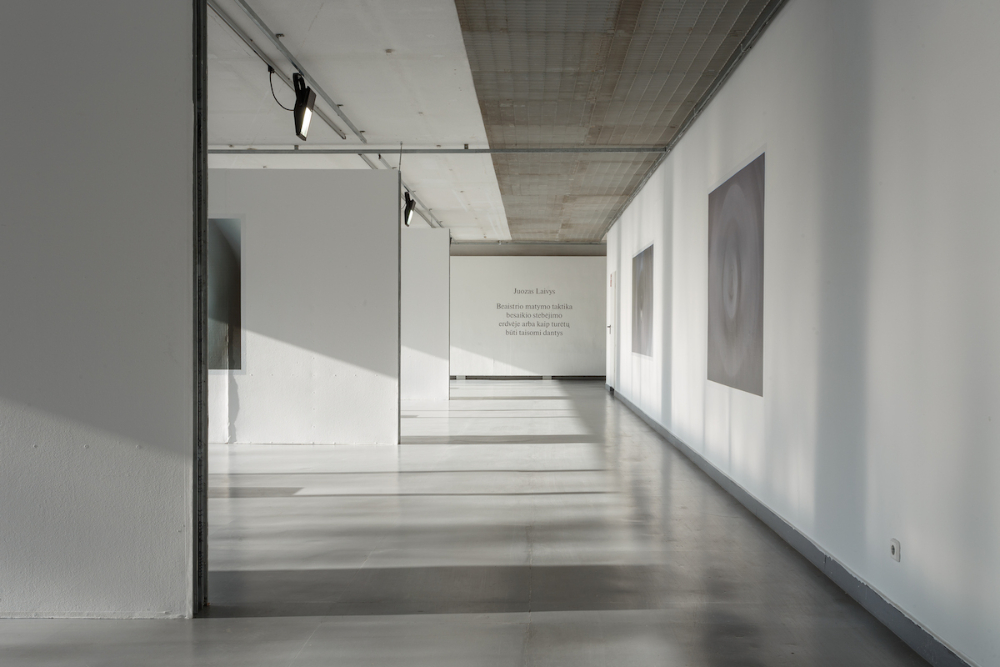
Juozas Laivys, The Tactic of Dispassionate Viewing in a Space of Unbridled Perception or How to Fix Teeth, installation view, CAC Vilnius, 2016
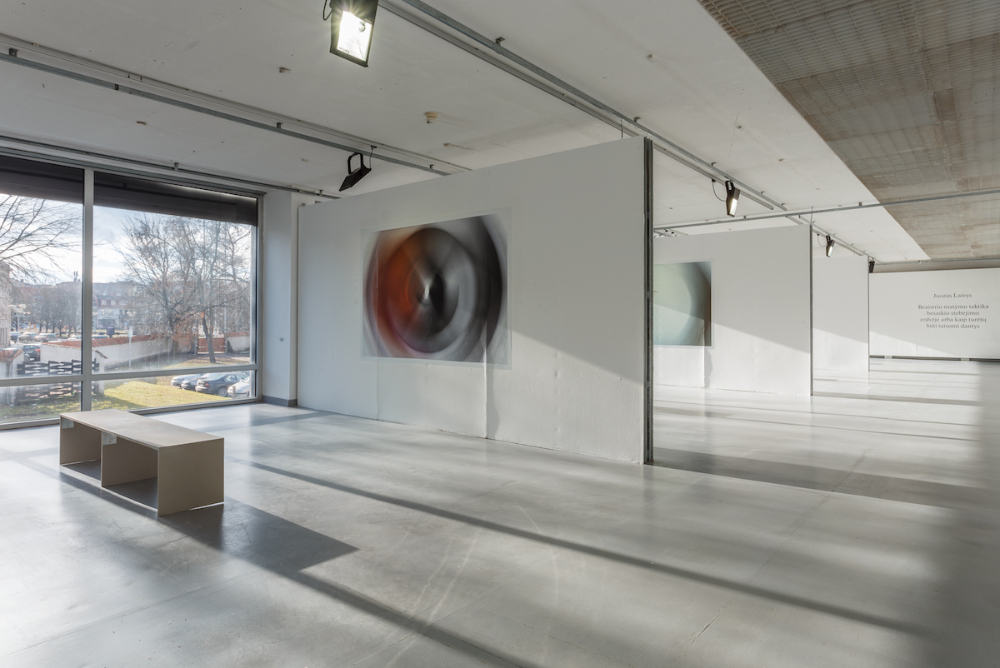
Juozas Laivys, The Tactic of Dispassionate Viewing in a Space of Unbridled Perception or How to Fix Teeth, installation view, CAC Vilnius, 2016
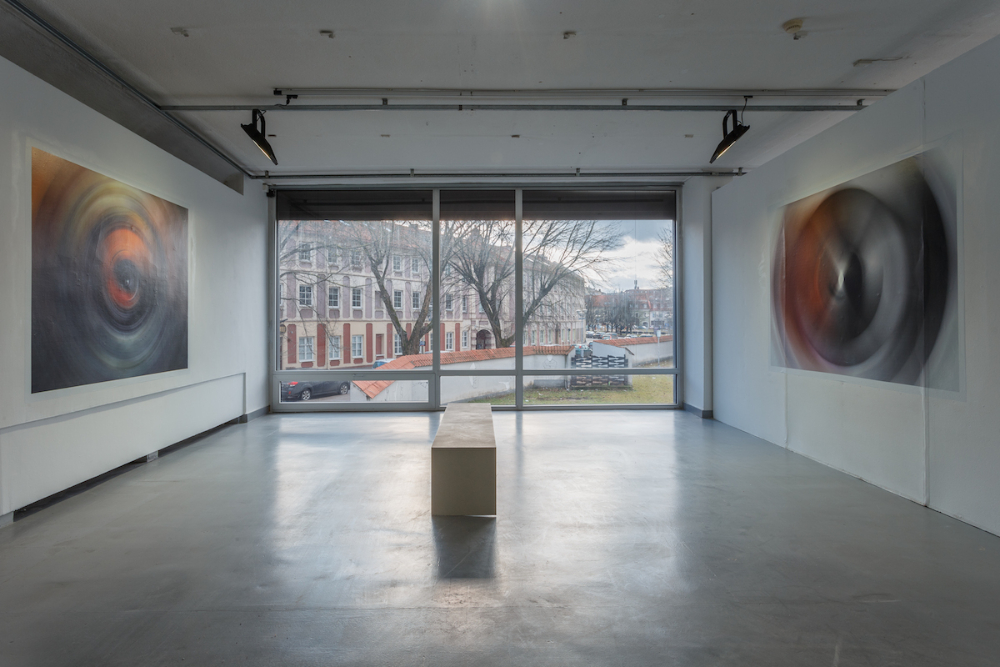
Juozas Laivys, The Tactic of Dispassionate Viewing in a Space of Unbridled Perception or How to Fix Teeth, installation view, CAC Vilnius, 2016
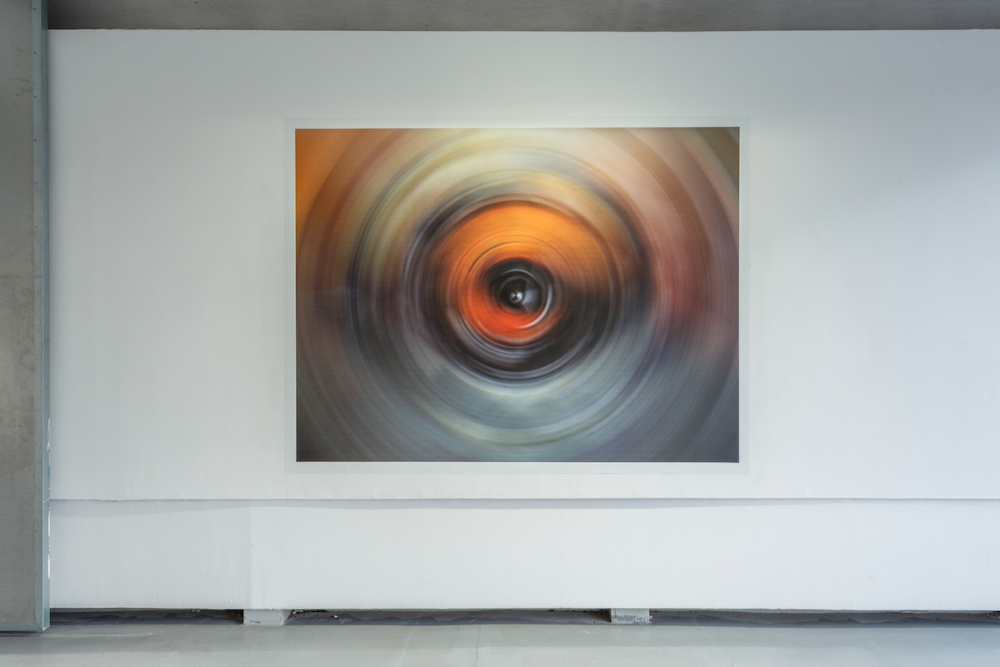
Juozas Laivys, The Tactic of Dispassionate Viewing in a Space of Unbridled Perception or How to Fix Teeth, installation view, CAC Vilnius, 2016
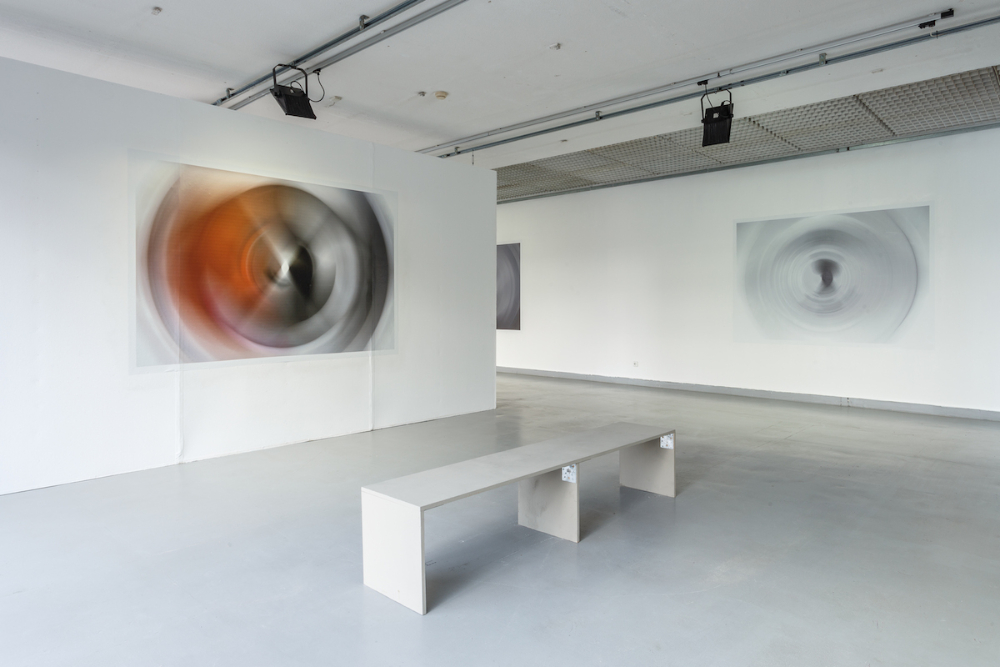
Juozas Laivys, The Tactic of Dispassionate Viewing in a Space of Unbridled Perception or How to Fix Teeth, installation view, CAC Vilnius, 2016
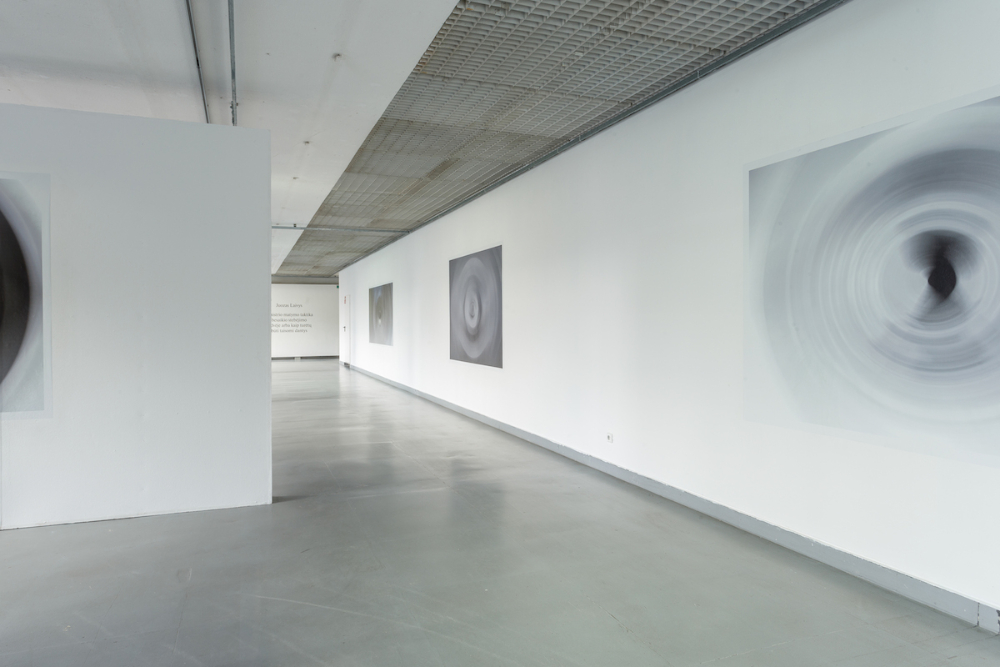
Juozas Laivys, The Tactic of Dispassionate Viewing in a Space of Unbridled Perception or How to Fix Teeth, installation view, CAC Vilnius, 2016
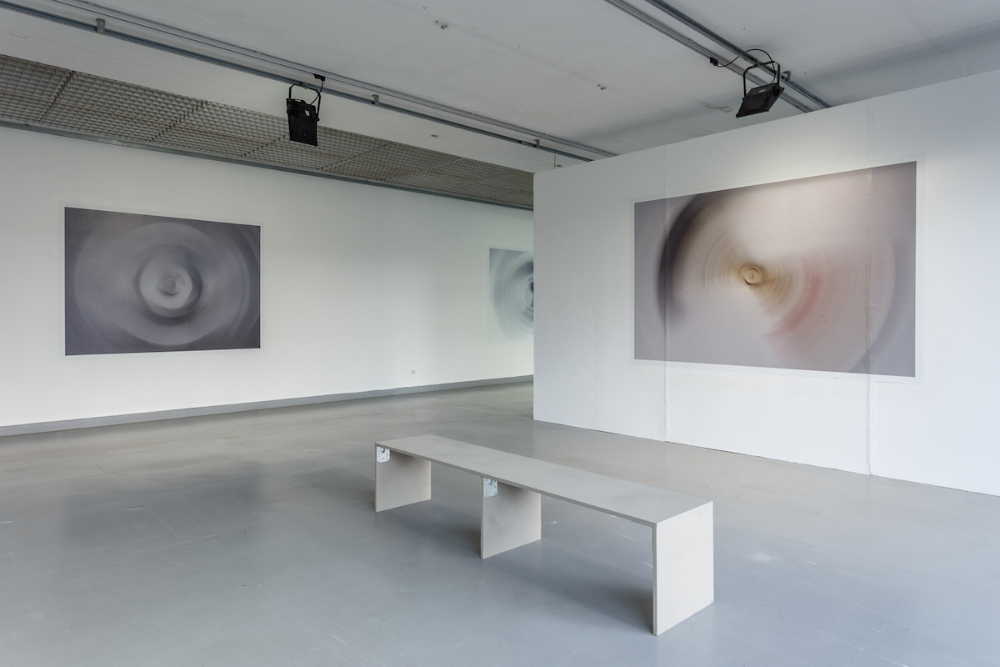
Juozas Laivys, The Tactic of Dispassionate Viewing in a Space of Unbridled Perception or How to Fix Teeth, installation view, CAC Vilnius, 2016
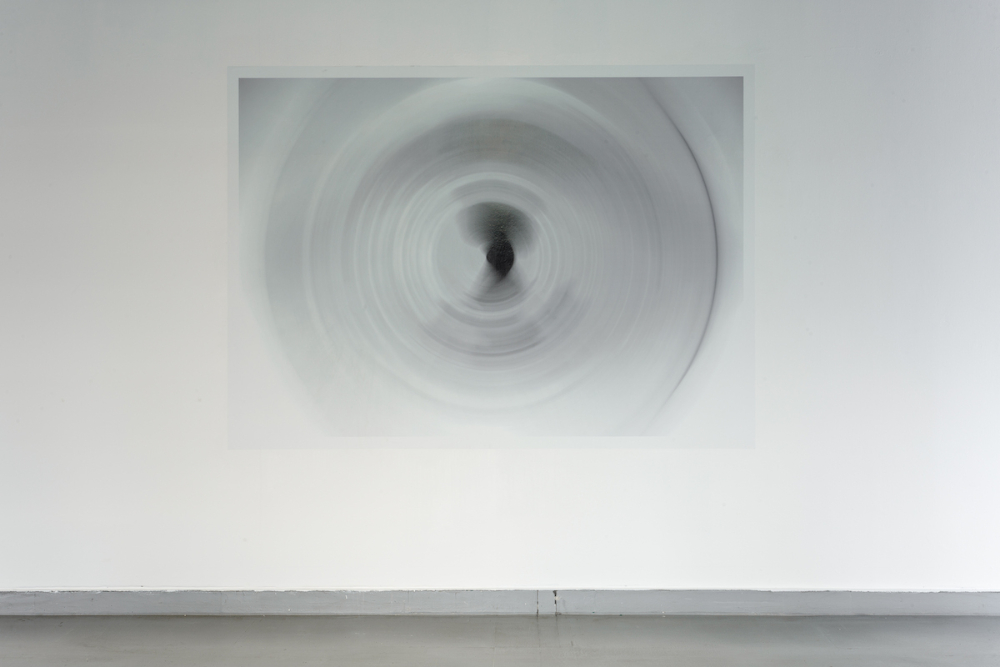
Juozas Laivys, The Tactic of Dispassionate Viewing in a Space of Unbridled Perception or How to Fix Teeth, installation view, CAC Vilnius, 2016
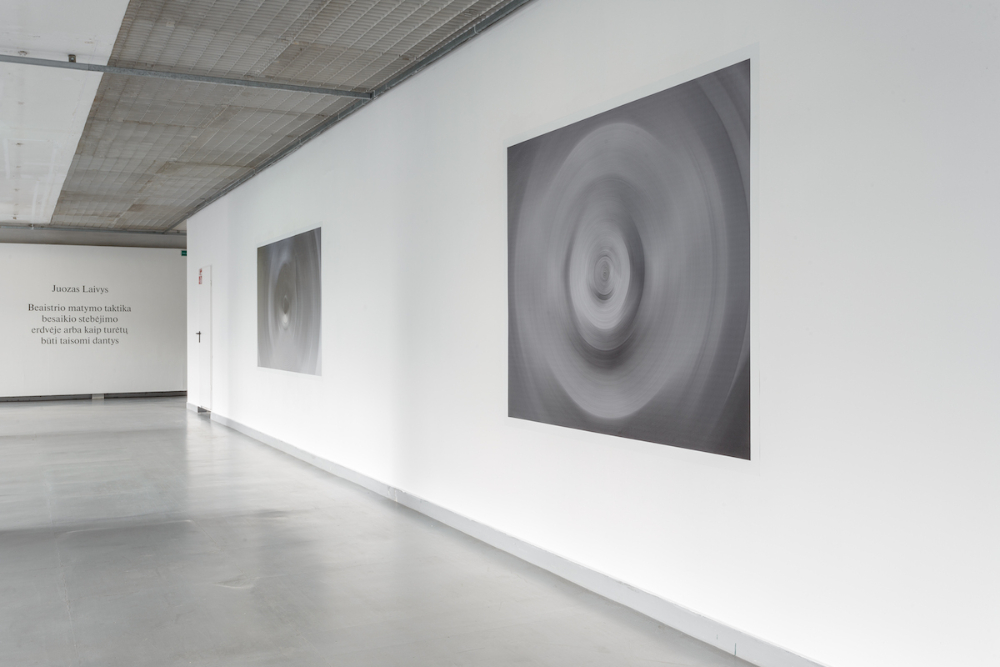
Juozas Laivys, The Tactic of Dispassionate Viewing in a Space of Unbridled Perception or How to Fix Teeth, installation view, CAC Vilnius, 2016
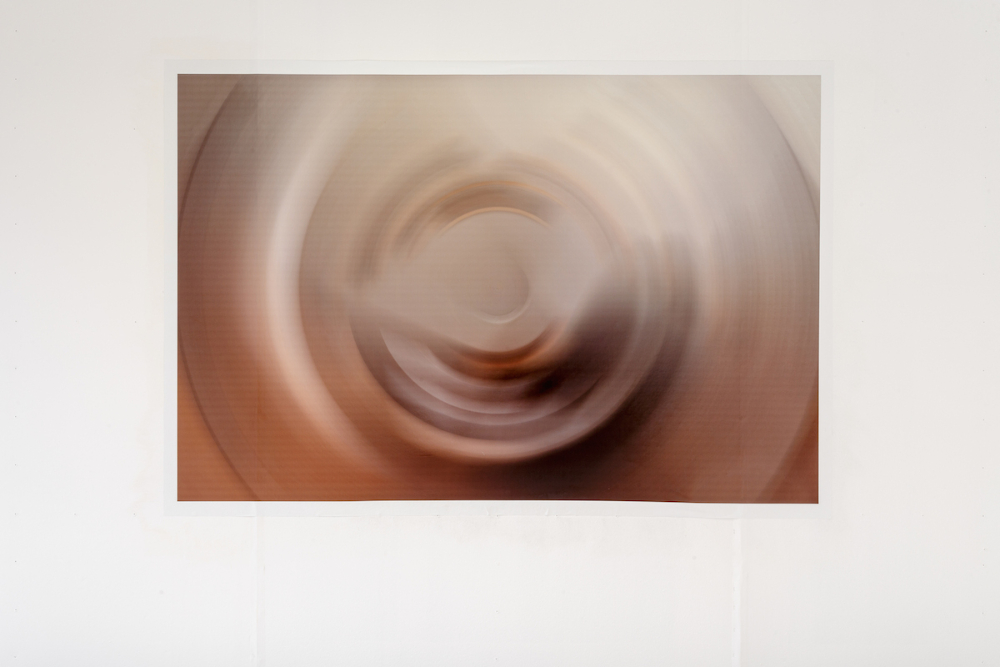
Juozas Laivys, The Tactic of Dispassionate Viewing in a Space of Unbridled Perception or How to Fix Teeth, installation view, CAC Vilnius, 2016
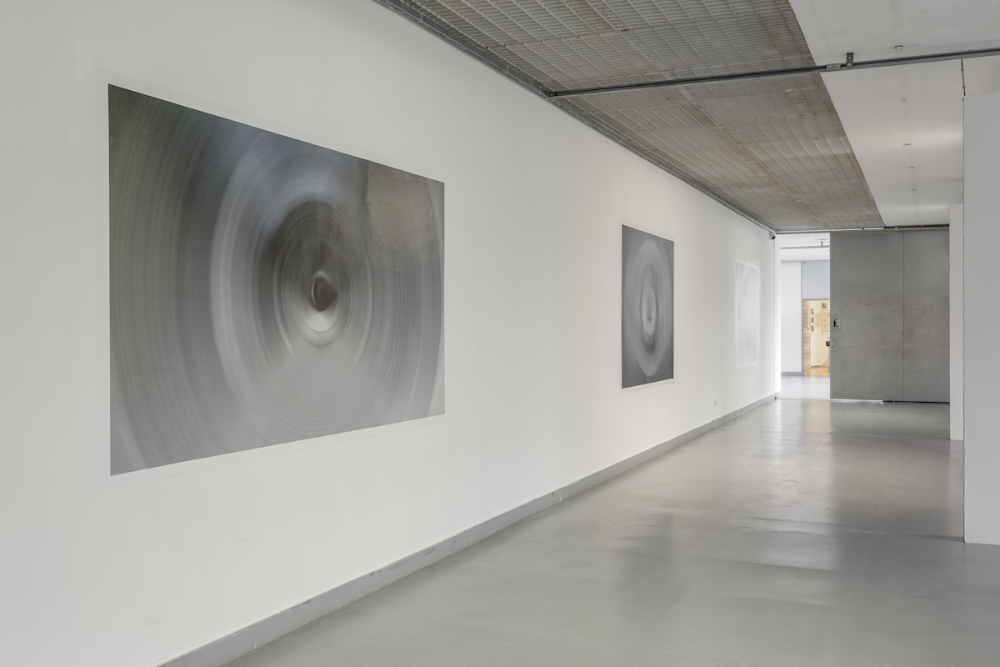
Juozas Laivys, The Tactic of Dispassionate Viewing in a Space of Unbridled Perception or How to Fix Teeth, installation view, CAC Vilnius, 2016
Photography: Andrej Vasilenko










